The Hidden Mathematics of Leaves: Nature's Fractal Design
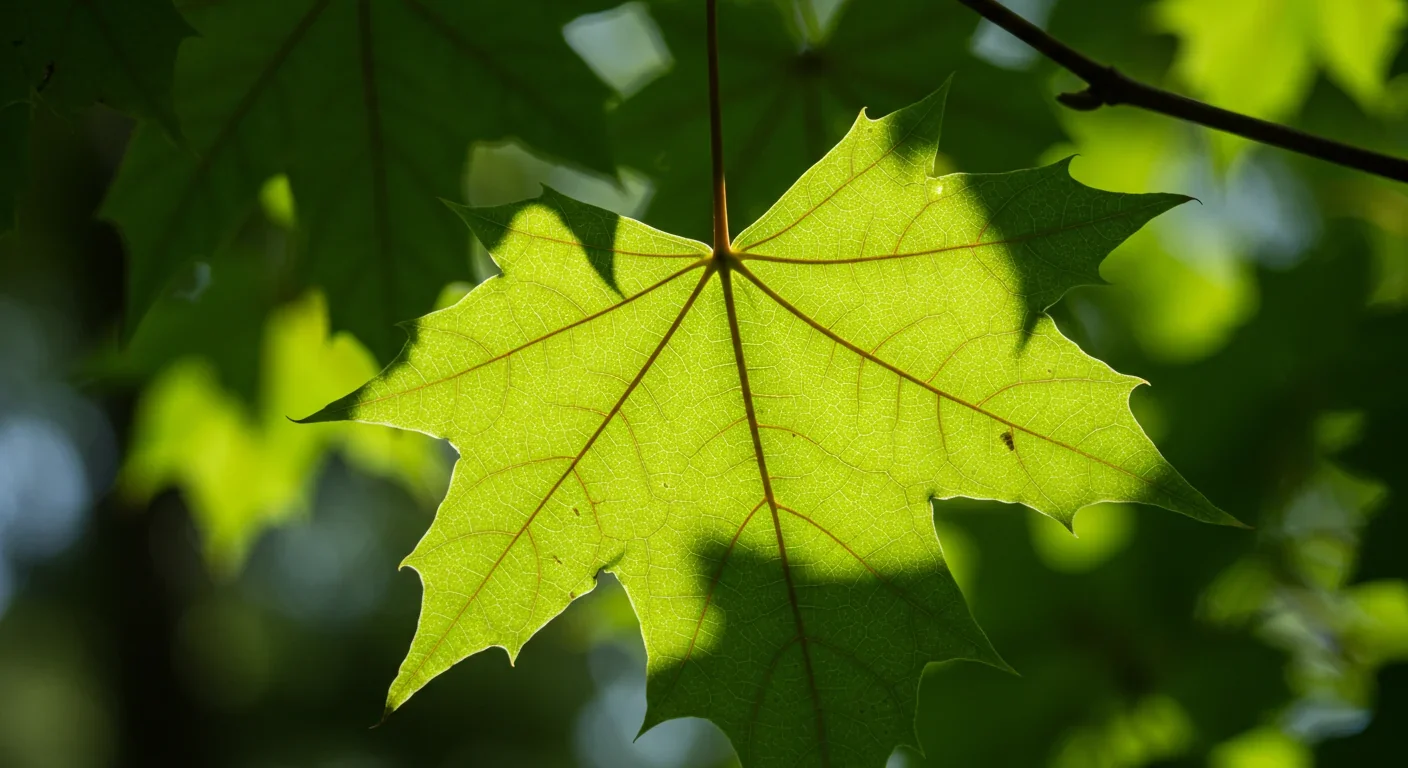
TL;DR: Plants and soil microbes form powerful partnerships that can clean contaminated soil at a fraction of traditional costs. These phytoremediation networks use biological processes to extract, degrade, or stabilize toxic pollutants, offering a sustainable alternative to excavation for brownfields and agricultural land.
In a former industrial site outside Zhejiang, China, something remarkable is happening beneath the soil's surface. Where lead and zinc mining once left toxic scars across the landscape, a different kind of extraction is now underway—one orchestrated not by machines, but by an unlikely alliance between plants and microscopic partners. Within two growing seasons, this biological cleanup crew achieved what would have taken conventional methods years and millions of dollars: a 40% reduction in cadmium contamination, powered entirely by bacteria and roots working in concert.
This isn't science fiction. It's phytoremediation, and it represents a fundamental rethinking of how we approach one of civilization's most persistent problems: what to do with the toxic mess we've made of our soil.
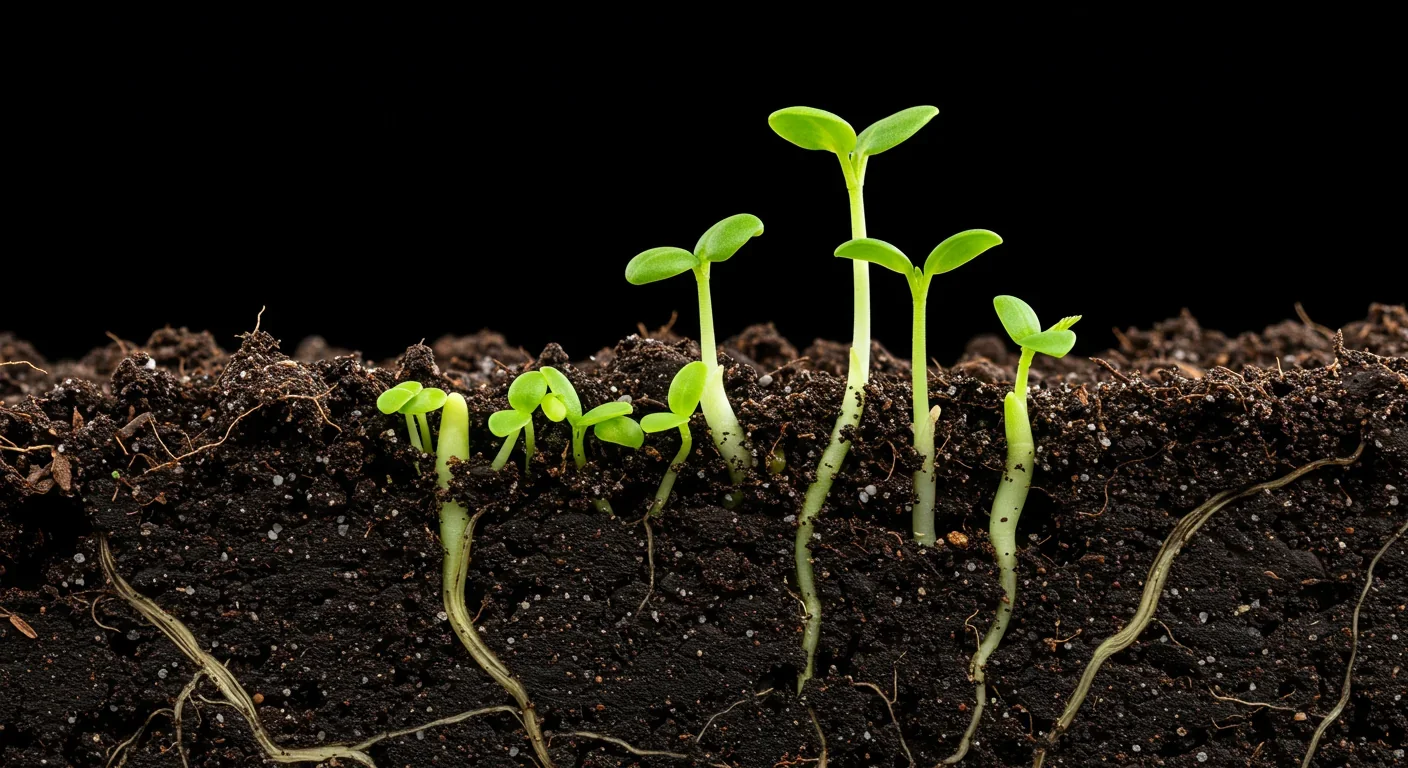
Think of hyperaccumulators as nature's vacuum cleaners, except instead of dust, they're pulling heavy metals from contaminated ground. These extraordinary plants don't just tolerate poison—they actively seek it out, storing concentrations of metals 100 to 1,000 times higher than ordinary plants would ever survive.
Scientists have identified at least 450 species of flowering plants with this superpower, from Indian mustard that devours arsenic to alpine pennycress that gorges on zinc. But here's what makes phytoremediation networks different from simply planting metal-eating vegetation: these plants don't work alone.
The real magic happens in the rhizosphere—that thin zone of soil hugging the roots where billions of bacteria, fungi, and other microorganisms create what scientists call a "biological hotspot." It's here, in this microscopic jungle, that plants and microbes form partnerships more sophisticated than any cleanup technology humans have engineered.
At least 450 flowering plant species have evolved the ability to hyperaccumulate toxic metals, storing concentrations up to 1,000 times higher than normal plants can tolerate.
When a plant sends roots into contaminated soil, it doesn't just anchor itself. It releases a chemical cocktail of sugars, amino acids, and organic acids that essentially advertise: Partners wanted. Benefits included. Microbes respond in droves, drawn by this all-you-can-eat buffet of root exudates.
But this isn't charity. The microbes earn their meal by transforming the soil chemistry in ways that benefit their plant hosts. Bacteria like Pseudomonas and Bacillus species produce organic acids that dissolve bound metals, making contaminants bioavailable—easier for plant roots to absorb. Other bacteria pump out siderophores, molecular cages that grab specific metals and ferry them to the plant like microscopic delivery trucks.
In return, plants provide these microbial partners with shelter, nutrients, and a stable environment. It's a transaction economy at the cellular level, refined over millions of years of evolution and now being hijacked by humans to address pollution that's existed for mere decades.
The numbers tell the story. In a pilot brownfield project in Germany, grass inoculated with a cocktail of three bacterial species—Bacillus subtilis, Pseudomonas putida, and Rhizobium leguminosarum—reduced polycyclic aromatic hydrocarbon (PAH) concentrations by 55% over 18 months. Plants with only single bacterial partners managed just 25%. The lesson? Diversity matters. Microbial communities work better than individuals.
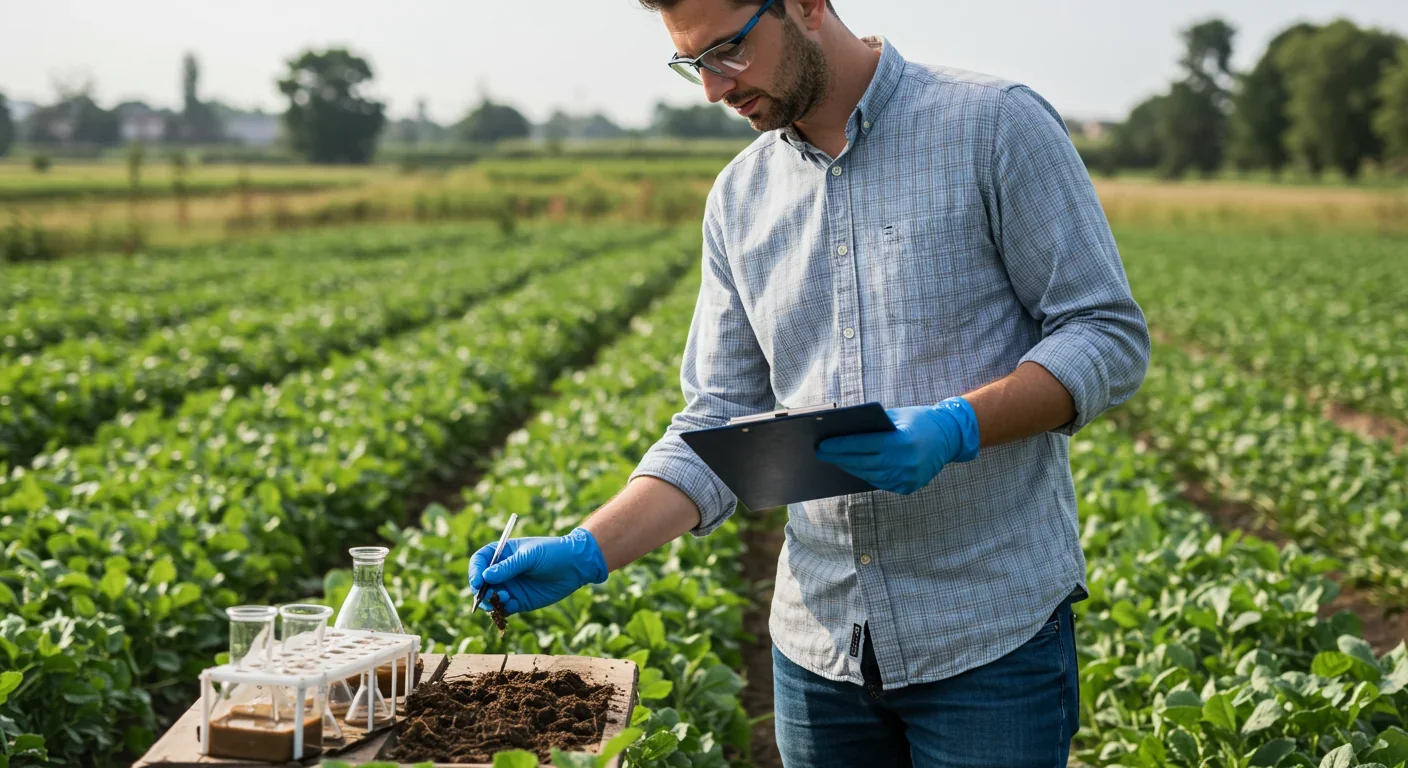
What gives hyperaccumulators their almost supernatural ability to tolerate toxicity? It comes down to genes—specifically, an overexpression of metal transporter proteins that most plants keep on low volume.
Take the ZIP family of transporters. In ordinary plants, these proteins gently regulate the uptake of essential trace metals like zinc and iron. But in hyperaccumulators like alpine pennycress (Thlaspi caerulescens), the ZIP genes work overtime, cranking up metal absorption to levels that would poison their botanical cousins. When grown on contaminated soil, alpine pennycress accumulated 24 to 60 times more zinc than radish plants in the same conditions.
Once inside, these metals need somewhere to go. Hyperaccumulators sequester toxins primarily in leaves and shoots, keeping roots relatively clean so they can keep functioning. Some species even compartmentalize metals in specialized cells or bind them to organic acids, rendering them harmless.
This precision is what makes phytoremediation networks so promising. These aren't random chemical reactions—they're orchestrated biological systems with genetic blueprints we're only beginning to decode.
"The metals are concentrated at levels that are toxic to closely related species not adapted to growing on the metalliferous soils."
— Wikipedia article on Hyperaccumulator Plants
The theory is elegant, but does it actually work outside controlled experiments? The answer is a qualified yes, with some impressive victories and instructive failures.
The Brownfield Revolution: Across Europe and North America, abandoned industrial sites—places too contaminated for conventional development but too expensive to excavate—have become testing grounds for phytoremediation systems. In Philadelphia, a former petroleum refinery site is now being restored using willows and poplars that extract petroleum hydrocarbons while also stabilizing soil structure. The timeline? About five to ten years, depending on contamination levels.
Agricultural Comeback: In regions where decades of industrial runoff poisoned farmland, phytoremediation offers farmers a path back to productivity. Chinese researchers working in cadmium-contaminated rice paddies found that planting specialized endophytic bacteria inside hyperaccumulator tissues boosted metal extraction by over 30%. The goal: eventually return these lands to safe food production.
Urban Greenscaping: Cities are experimenting with phytoremediation not just for cleanup but as a form of nature-based urban design. Contaminated vacant lots in Detroit, Baltimore, and Cleveland are being transformed into green spaces using plants that simultaneously address legacy lead pollution and create community assets. The approach combines environmental justice with ecological restoration.
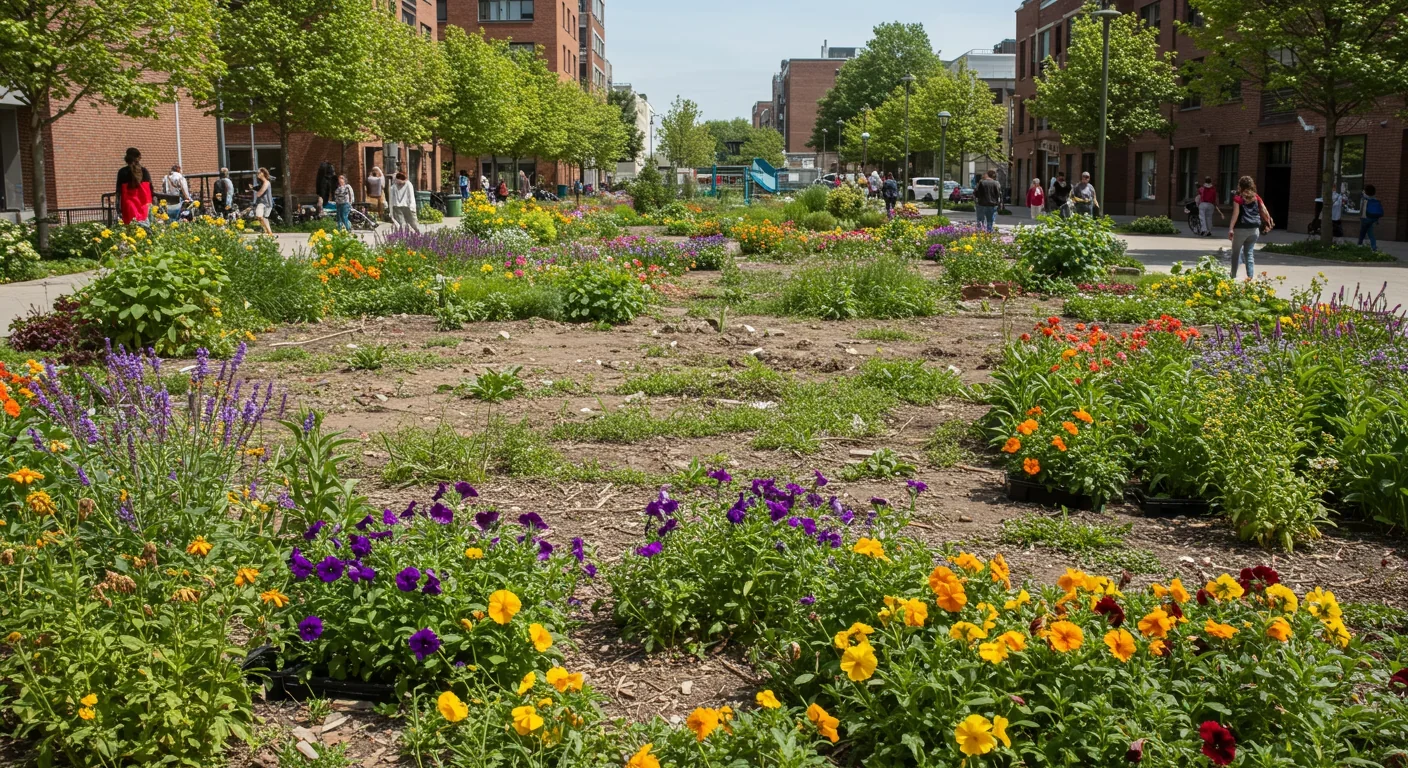
But not every story is a success. A highly publicized effort to use Indian mustard for lead remediation in New Orleans after Hurricane Katrina encountered challenges when plants were harvested and improperly disposed of, potentially re-releasing contaminants. The lesson: phytoremediation isn't plant-and-forget. It requires careful management from planting through biomass disposal.
Here's where phytoremediation networks get genuinely exciting for anyone who cares about practical solutions: cost.
Traditional soil remediation typically involves excavation—dig up contaminated soil, transport it to a hazardous waste facility, pay enormous disposal fees, then bring in clean fill. The price tag? Often $100 to $500 per cubic meter of soil, which can translate to millions for even moderately sized sites.
Phytoremediation costs a fraction of that. Estimates vary, but projects generally run between $5 to $40 per cubic meter for similar cleanup levels. The savings come from using biology instead of bulldozers—planting costs, maintenance, and eventual harvest versus heavy machinery, transportation, and long-term storage.
There's an added bonus: carbon sequestration. While cleaning soil, phytoremediation systems pull CO₂ from the atmosphere as plants grow. Some projects have explored turning harvested hyperaccumulator biomass into biofuels or even recovering valuable metals—a concept called "phytomining" where plants essentially mine low-grade ore from soil.
Phytoremediation can cost 90% less than traditional excavation methods, running $5-$40 per cubic meter versus $100-$500 for conventional approaches.
But these economic advantages come with caveats. Phytoremediation is slow—measured in years, not months. It only works in the root zone, typically the top meter or two of soil. For deep contamination or emergency spills, conventional methods are still necessary. And contaminated plant biomass must be carefully managed to prevent metals from leaching back into the environment.
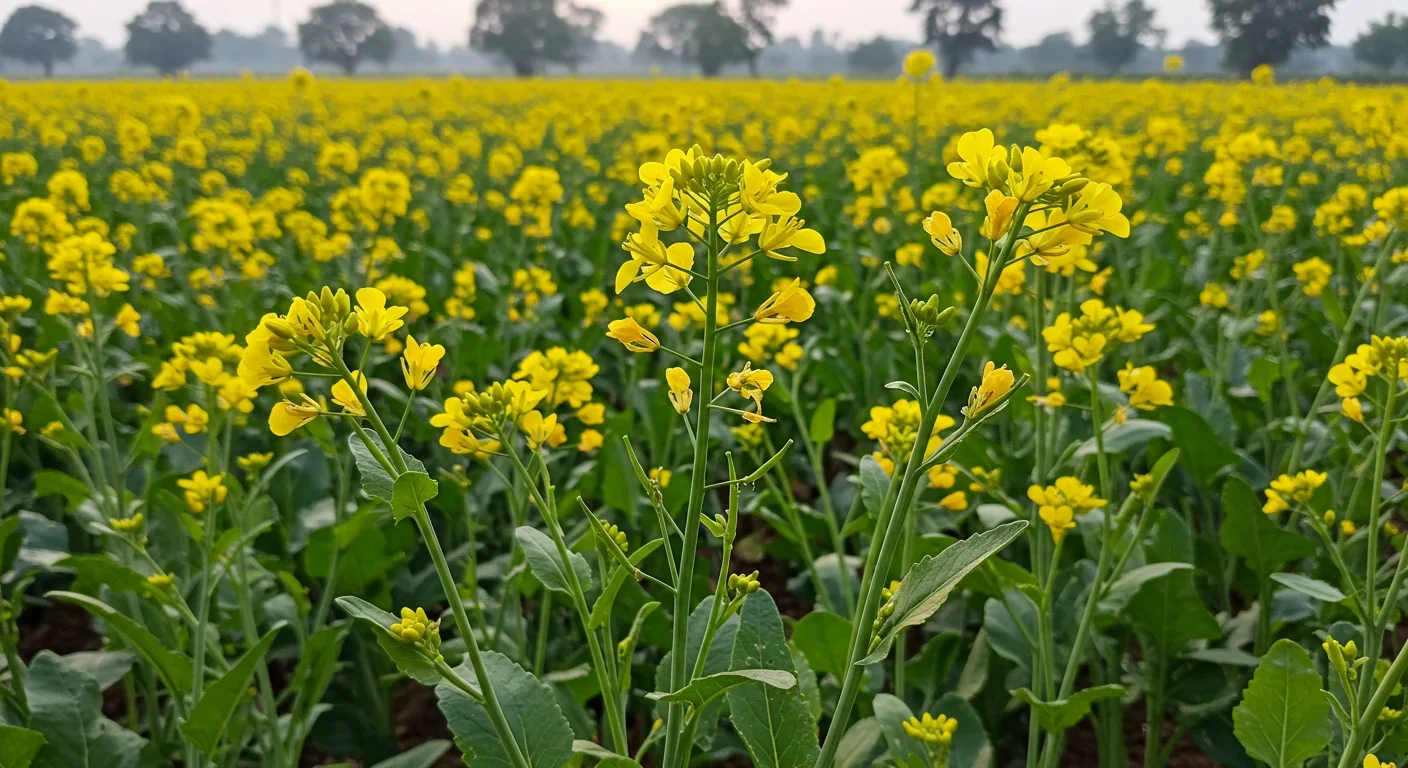
Let's address the elephant in the room: phytoremediation isn't a silver bullet. Several factors limit where and how it can be deployed.
Depth: Plant roots rarely extend beyond two meters, which means deep groundwater contamination is largely out of reach. If the pollution is 10 meters down, you're better off with pump-and-treat systems or other technologies.
Climate: Plants need growing conditions they can tolerate. Try establishing tropical hyperaccumulators in Montana, and you'll be waiting a long time. Seasonal variation also matters—temperate regions see remediation essentially pause during winter months.
Contamination Type: Not all pollutants play nice with biology. While phytoremediation networks excel at organic compounds (petroleum products, pesticides) and specific heavy metals, some substances like radioactive isotopes or certain industrial solvents remain challenging or unsuitable for biological treatment.
Toxicity Thresholds: If contamination is so severe that nothing will grow, you can't use phytoremediation. It's a Catch-22: the method works best at moderate contamination levels, but those are often sites where regulatory pressure is lower.
Time: When developers want to break ground next year, a five-to-ten-year phytoremediation timeline is a non-starter. This technology shines when time isn't critical or when sites would otherwise sit unused for years anyway.
There's also what researchers call the "biomass disposal problem." Once plants absorb toxins, where do they go? Burning contaminated biomass can release metals into the air. Composting risks recontamination. Some projects ship harvested plants to specialized facilities for metal recovery, but that infrastructure barely exists. Others use pyrolysis to trap metals in biochar, but scaling that approach remains experimental.
Scientists aren't content to simply use phytoremediation networks as nature designed them. They're actively engineering improvements.
Synthetic Consortia: Rather than hoping the right microbes show up, researchers are assembling custom microbial teams selected specifically for metal mobilization, contaminant degradation, and plant growth promotion. These synthetic communities get inoculated directly into roots or soil, jump-starting remediation before native bacteria establish themselves.
Genetic Enhancement: What if you could take a fast-growing, hardy plant and give it hyperaccumulator genes? That's the goal of genetic engineering efforts aimed at creating "designer plants" that combine desirable traits: rapid biomass production, deep roots, broad climate tolerance, and high metal uptake. Regulatory hurdles remain significant, but the technology exists.
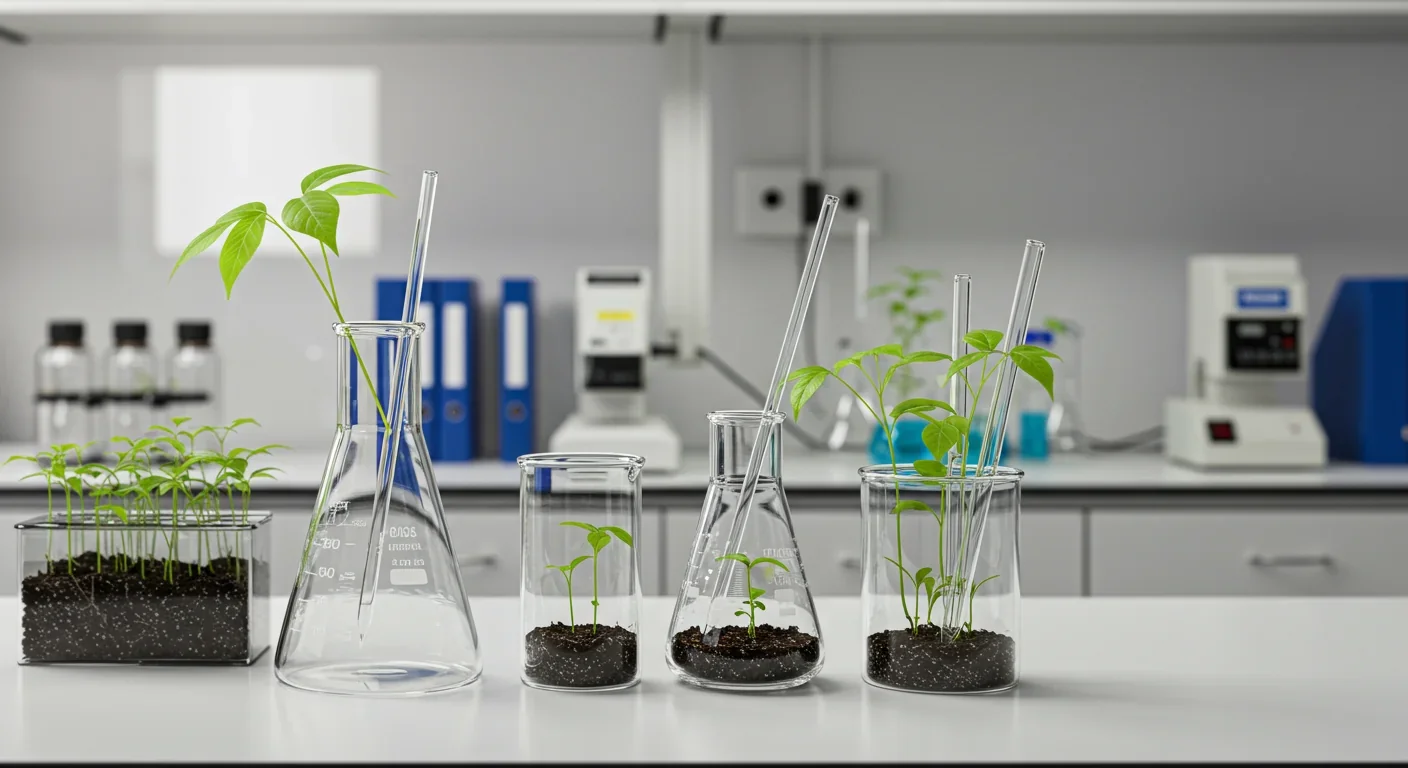
Mycorrhizal Networks: Fungi deserve mention here. Many plants form partnerships with mycorrhizal fungi that vastly extend their effective root zone. These fungal networks can access pollutants beyond direct root reach and trade nutrients with plants in exchange for sugars. Some projects deliberately inoculate soils with specific fungal species to enhance cleanup.
Precision Agriculture Tools: Modern phytoremediation increasingly uses precision ag technology—soil sensors, drones, data analytics—to monitor contamination levels in real time and optimize plant placement and management. This data-driven approach helps projects avoid the trial-and-error that plagued early efforts.
The emerging picture is one where phytoremediation evolves from passive planting to active ecosystem engineering, with humans as conductors of a microscopic orchestra.
"Overexpression of ZIP family metal transporter genes is the primary genetic basis for hyperaccumulation, distinguishing hyperaccumulators from related species."
— Research on Genetic Mechanisms of Metal Uptake
Phytoremediation's future depends as much on policy and social factors as on science. Currently, regulatory frameworks in most countries favor conventional remediation because it's faster and more predictable. Getting a phytoremediation plan approved often requires extensive monitoring, proof-of-concept studies, and institutional patience.
That's starting to change. The European Union has begun integrating nature-based solutions like phytoremediation into official contaminated land strategies. In the United States, the EPA has created pathways for alternative remediation approaches, though adoption remains spotty.
Environmental justice advocates see particular promise in phytoremediation for addressing legacy pollution in disadvantaged communities. Traditional excavation is often deemed "too expensive" for lower-income neighborhoods, leaving contamination in place. Bioremediation approaches offer a more equitable alternative—affordable enough to actually implement while also creating green space with community benefits.
Looking forward, several trends are converging: growing awareness of soil health, climate pressure to reduce heavy machinery use, advances in microbial ecology, and thousands of contaminated sites worldwide with no current remediation plan. Phytoremediation networks sit at the intersection of these forces.
What started as botanical curiosity—why do some plants thrive where others perish?—has evolved into a practical approach to undoing generations of industrial contamination. Phytoremediation networks represent a fundamentally different philosophy: working with nature's systems rather than against them, patience over brute force, complexity over simplicity.
The approach isn't perfect. It's slow, limited by biology, and requires careful management. But in a world with millions of hectares of contaminated land, limited budgets, and growing recognition that healthy soil matters, these underground partnerships offer something valuable: a path forward that doesn't require digging up half a landscape or writing billion-dollar checks.
In Zhejiang, those inoculated plants continue their quiet work, their roots reaching into poisoned earth while bacterial partners transform chemistry molecule by molecule. It's an approach to healing the land that operates on nature's timeline, using tools refined over evolutionary history.
And as urban planners eye vacant lots, farmers consider contaminated acres, and communities demand action on brownfields, this biological solution is moving from scientific curiosity to mainstream consideration. The revolution may be underground, but its implications reach far above the soil line—reshaping how we think about pollution, restoration, and our relationship with the living systems that surround us.
The plants are ready. The microbes are willing. The question is whether we're prepared to let them do the work.

Curiosity rover detects mysterious methane spikes on Mars that vanish within hours, defying atmospheric models. Scientists debate whether the source is hidden microbial life or geological processes, while new research reveals UV-activated dust rapidly destroys the gas.

CMA is a selective cellular cleanup system that targets damaged proteins for degradation. As we age, CMA declines—leading to toxic protein accumulation and neurodegeneration. Scientists are developing therapies to restore CMA function and potentially prevent brain diseases.

Intercropping boosts farm yields by 20-50% by growing multiple crops together, using complementary resource use, nitrogen fixation, and pest suppression to build resilience against climate shocks while reducing costs.

The Baader-Meinhof phenomenon explains why newly learned information suddenly seems everywhere. This frequency illusion results from selective attention and confirmation bias—adaptive evolutionary mechanisms now amplified by social media algorithms.

Plants and soil microbes form powerful partnerships that can clean contaminated soil at a fraction of traditional costs. These phytoremediation networks use biological processes to extract, degrade, or stabilize toxic pollutants, offering a sustainable alternative to excavation for brownfields and agricultural land.

Renters pay mortgage-equivalent amounts but build zero wealth, creating a 40x wealth gap with homeowners. Institutional investors have transformed housing into a wealth extraction mechanism where working families transfer $720,000+ over 30 years while property owners accumulate equity and generational wealth.

AlphaGo revolutionized AI by defeating world champion Lee Sedol through reinforcement learning and neural networks. Its successor, AlphaGo Zero, learned purely through self-play, discovering strategies superior to millennia of human knowledge—opening new frontiers in AI applications across healthcare, robotics, and optimization.